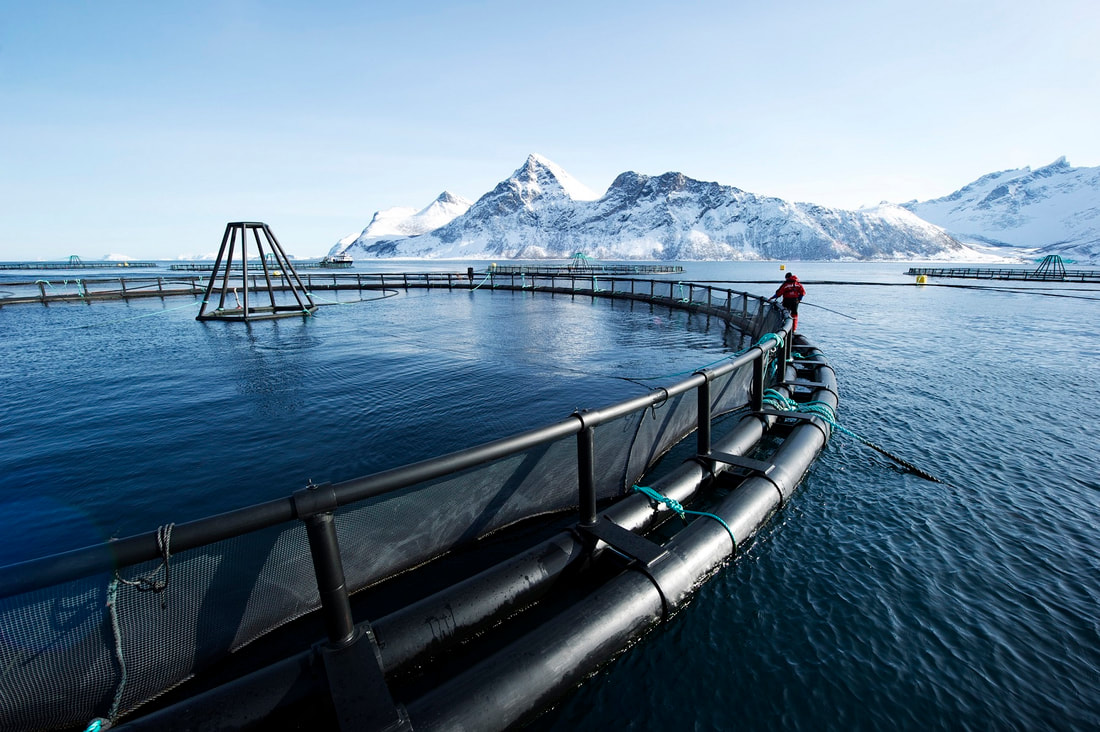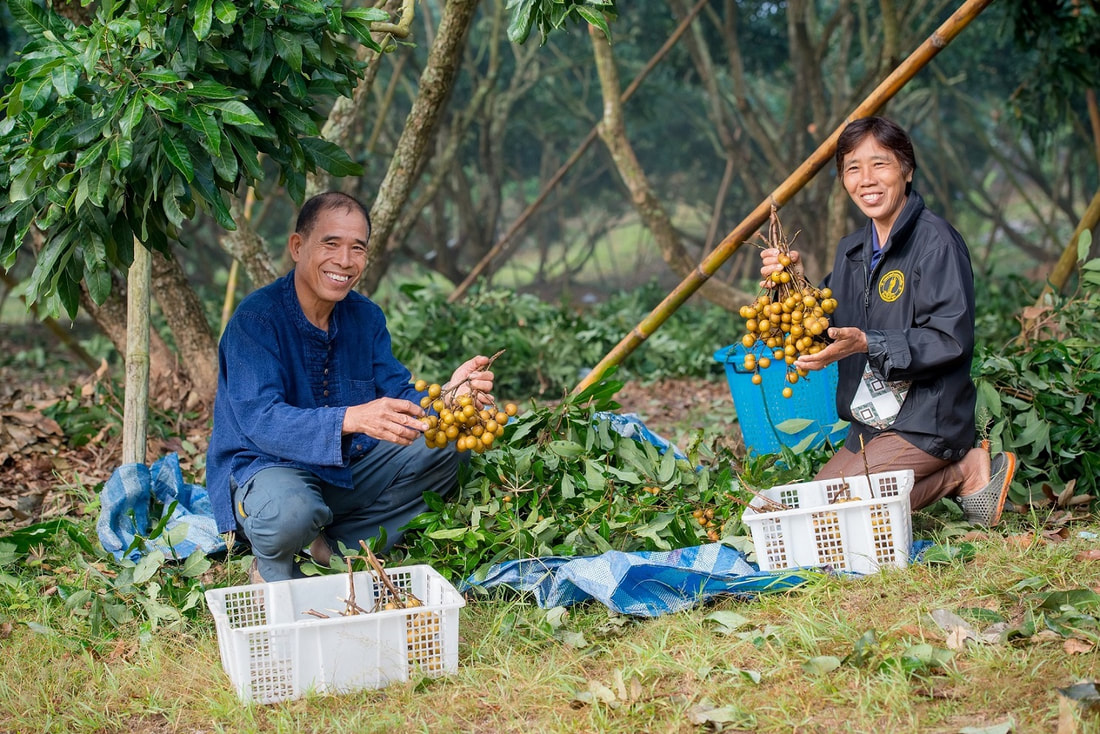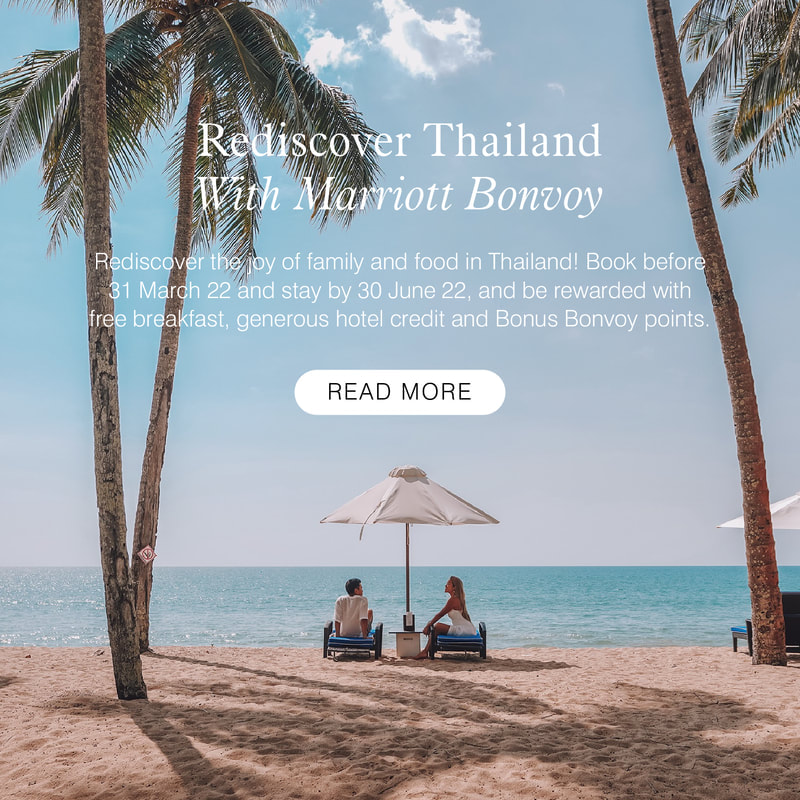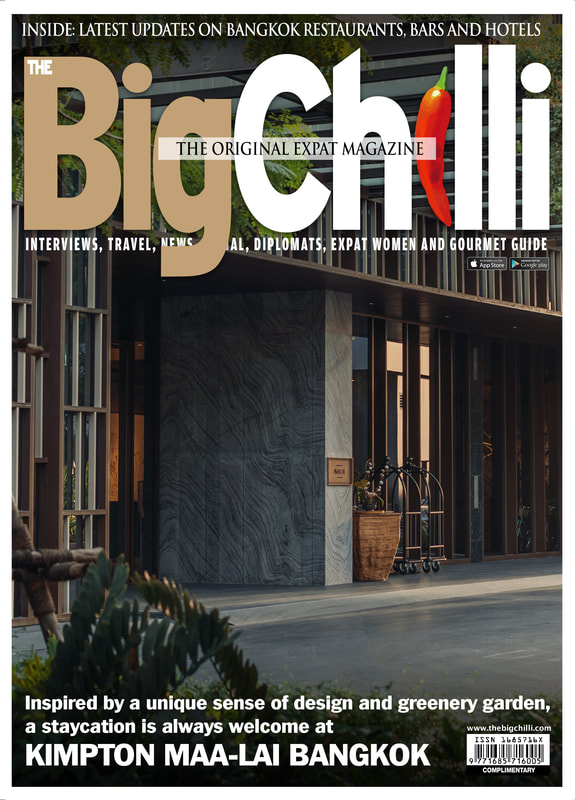2018 marks the 111th anniversary of King Chulalongkorn’s (Rama V) visit to Norway during his Grand Tour of Europe in 1907, where cordial relations between Thailand and Norway were first cemented.
This was an important leg of the King’s journey, as he traversed Norway in search of modern technology for Thailand. During this trip, the King witnessed Norway’s potential to become a thriving seafood industry, learned about fertilizer production from the extraction of nitrogen from the air, and beheld Norway’s expertise in harvesting hydroelectric power from dams.
The past century has seen Norway emerging as a pioneer of modern technologies, vesting its efforts in clean energy and sustainable development. With its positive trade relations to Thailand firmly in place, here are three of Norway’s modern technologies that Thailand benefits from.
Surrounded by pristine nature, clean ocean, and a long coastline, the Norwegians began developing commercial aquaculture in the 1970s, an effort that catapulted the country to the frontline of the seafood industry. Today, Norway is the world’s number one producer of salmon. While the cold clear waters of Norway provide for an excellent habitat of the fish, it is the innovative solutions developed to promote sustainable aquaculture, and the production of the safest seafood, that is the working force behind Norway’s success.
Norwegian salmon live in the sea, in gigantic net pens designed to withstand 50 years of harsh weather. The pens are equipped with cameras that allow farmers to monitor the salmon and implement measures to keep them safe from dangers outside the pens. Norwegian salmon consume sustainably sourced, EU-standard feed that helps them stay free of intestinal parasites and promotes their immune system as well as healthy growth. Combined with a successful development of fish vaccines that has more or less eradicated the need for antibiotics, Norwegian salmon is a safe option for quality conscious consumers. Another interesting technology used in salmon farming is the ‘thermolicer’, a machine which gently runs the salmon through warm water to rid them of sea lice. These technologies attest to Norway’s mission to producing the highest quality salmon using the most sustainable methods, allowing Thailand, it’s number one importer of salmon in Southeast Asia, to enjoy the freshest salmon flown in from Norway every day.
This was an important leg of the King’s journey, as he traversed Norway in search of modern technology for Thailand. During this trip, the King witnessed Norway’s potential to become a thriving seafood industry, learned about fertilizer production from the extraction of nitrogen from the air, and beheld Norway’s expertise in harvesting hydroelectric power from dams.
The past century has seen Norway emerging as a pioneer of modern technologies, vesting its efforts in clean energy and sustainable development. With its positive trade relations to Thailand firmly in place, here are three of Norway’s modern technologies that Thailand benefits from.
Surrounded by pristine nature, clean ocean, and a long coastline, the Norwegians began developing commercial aquaculture in the 1970s, an effort that catapulted the country to the frontline of the seafood industry. Today, Norway is the world’s number one producer of salmon. While the cold clear waters of Norway provide for an excellent habitat of the fish, it is the innovative solutions developed to promote sustainable aquaculture, and the production of the safest seafood, that is the working force behind Norway’s success.
Norwegian salmon live in the sea, in gigantic net pens designed to withstand 50 years of harsh weather. The pens are equipped with cameras that allow farmers to monitor the salmon and implement measures to keep them safe from dangers outside the pens. Norwegian salmon consume sustainably sourced, EU-standard feed that helps them stay free of intestinal parasites and promotes their immune system as well as healthy growth. Combined with a successful development of fish vaccines that has more or less eradicated the need for antibiotics, Norwegian salmon is a safe option for quality conscious consumers. Another interesting technology used in salmon farming is the ‘thermolicer’, a machine which gently runs the salmon through warm water to rid them of sea lice. These technologies attest to Norway’s mission to producing the highest quality salmon using the most sustainable methods, allowing Thailand, it’s number one importer of salmon in Southeast Asia, to enjoy the freshest salmon flown in from Norway every day.
Norway pioneered the production of nitrogen fertilizers using hydroelectric power in 1905, two years before King Chulalongkorn’s royal visit. Nitrogen fertilizers account for a major share of the fertilizer industry worldwide, and around 450 million tons is produced each year. Thailand is one of Norway’s major markets in Asia for fertilizer import, and it all began with King Chulalongkorn’s interest in the technology and his decision to bring samples back to Thailand in 1907.
Nitrogen fertilizers come in many forms, but they are generally produced by combining natural gas with nitrogen present in the air and introducing high temperature and pressure to the combination. This results in ammonia which is used to make the fertilizers. True to its commitment to sustainable development, Norway drives the process of extracting nitrogen from the air using clean, hydro-energy. In 2017, Thailand imported $110 million USD worth of fertilizers from Norway.
As a country that runs on hydroelectricity generated from dams built in its rivers, it is no surprise that Norway is an expert in designing and producing flood fences that are used globally. One of Norway’s well-known flood prevention innovations is the easily installable “flood-wall” technology that it developed in collaboration with the Norwegian University of Life Sciences. With Thailand being a flood prone country, the past decade has seen a rise in its adoption of this Norwegian technology in many regions.
These “flood-wall” technology consists of barrier structures with removable parts that can be assembled quickly in case of impending flood. The barriers are compact when stored but are designed to reach up to 8 feet in height when in use, and are made of stainless steel, laminate, aluminum and PVC canvas. No pre-installed parts or anchoring are needed, allowing for easy installation.
Nitrogen fertilizers come in many forms, but they are generally produced by combining natural gas with nitrogen present in the air and introducing high temperature and pressure to the combination. This results in ammonia which is used to make the fertilizers. True to its commitment to sustainable development, Norway drives the process of extracting nitrogen from the air using clean, hydro-energy. In 2017, Thailand imported $110 million USD worth of fertilizers from Norway.
As a country that runs on hydroelectricity generated from dams built in its rivers, it is no surprise that Norway is an expert in designing and producing flood fences that are used globally. One of Norway’s well-known flood prevention innovations is the easily installable “flood-wall” technology that it developed in collaboration with the Norwegian University of Life Sciences. With Thailand being a flood prone country, the past decade has seen a rise in its adoption of this Norwegian technology in many regions.
These “flood-wall” technology consists of barrier structures with removable parts that can be assembled quickly in case of impending flood. The barriers are compact when stored but are designed to reach up to 8 feet in height when in use, and are made of stainless steel, laminate, aluminum and PVC canvas. No pre-installed parts or anchoring are needed, allowing for easy installation.





















